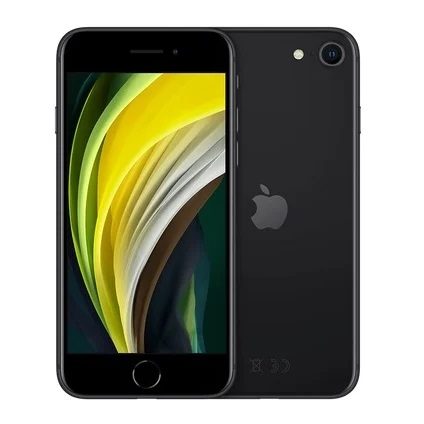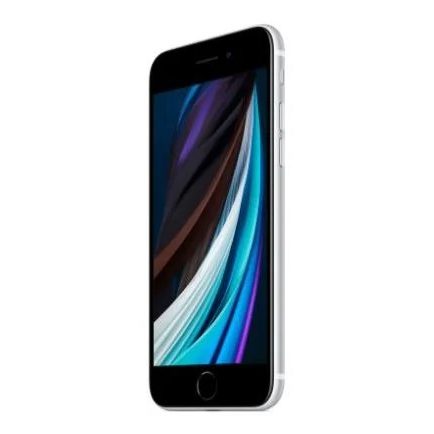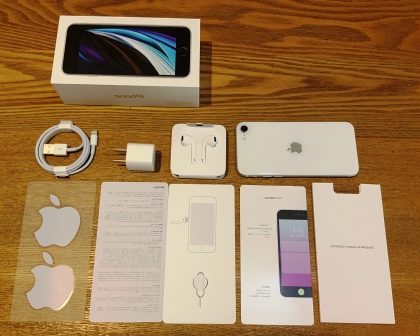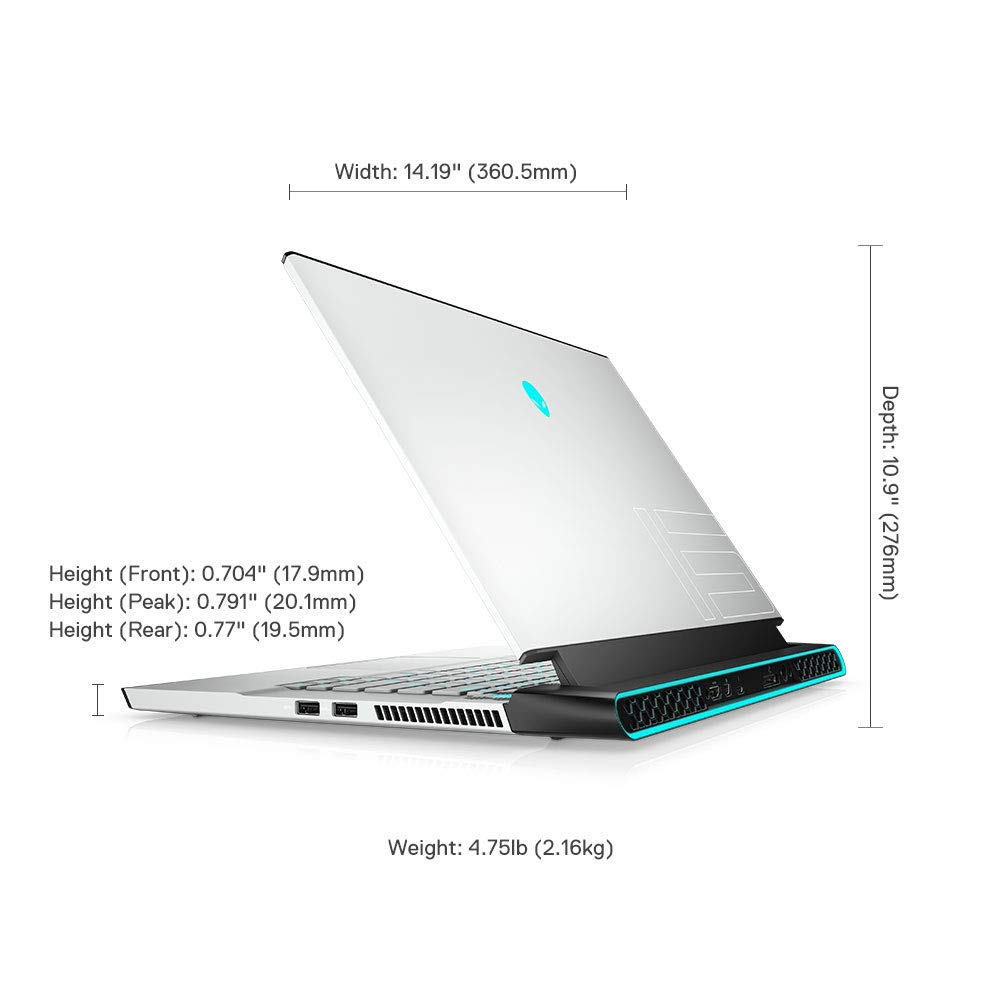Contents
Introduction of iPhone SE price and specification
The iPhone SE price and Specification, come along at the perfect time in more than one way. It delivers a straightforward offering, taking the chipset from the latest iPhones and wrapping it up in a smaller, simpler, cheaper package.
The iPhone SE 2020 is made around one goal: to launch a replacement iPhone for fewer money than ever, and it achieves that well. For just $399 / £419 / AU$749, you can have a brand-new handset from Apple – it’s one of the best iPhones ever created and you can now get your hands on one.
The design of the phone is going to be familiar to anyone that’s used an iPhone recently – unless you’ve not held a handset from Apple since 2013 then you’ll have seen this 4.7-inch frame before, complete with bezels top and bottom and a home button with fingerprint scanner built-in.
That A13 chipset has improved the camera performance too, despite no discernible change to the specs of the sensor since the iPhone 8 (there’s just one lens on the iPhone SE 2020).
It takes decent, bright photos that will please most of the people, although it doesn’t quite offer an equivalent color reproduction or clarity because of the iPhone 11 Pro Max, for instance.
iPhone SE price and specification: Price
The iPhone SE price starts at $399 / £419 / AU$749 / Rs 42,500, meaning it’s the same price in the US as the original iPhone SE (but higher in the UK). The base model comes with 64GB of storage, with 128GB and 256GB models also available for a higher price.
The next phone up the ladder is the Apple iPhone XR, which costs £629 for the 64GB model and £729 for 128GB. It has a bigger screen and looks more modern than the SE but it isn’t nearly as powerful as it uses the older A12 Bionic chipset.
iPhone SE price and specification: Design
If you want a reference point for the design of the iPhone SE 2020 then look no further than the iPhone 8. Launched at the same time as the iPhone X back in 2017, the iPhone 8 remained on Apple’s books until the reappearance of the iPhone SE this year. the iPhone SE 2020 essentially duplicates the physical appearance of the iPhone 8 to the millimeter and gram. It’s 138mm tall, 67mm wide, and 7.3mm thick.
iPhone SE price and specification: Display
What’s here is pretty good. It’s an IPS panel measuring 4.7in across the diagonal and it has a Retina-class resolution of 1,334 x 750 with a pixel density of 336ppi. That, incidentally, is the same as the original iPhone SE (4in screen) and the iPhone XR (6.1in screen).
It’s sharp enough, then, and it’s also pretty good from a technical standpoint. I measured it with the office calibrator and found that peak brightness settled at 571cd/m² and contrast at 1,427:1 – both solid figures.
The display on the iPhone SE 2020 won’t be the foremost feature-rich, but it’s fine. Given the target market, this phone is aimed at – those who want a new iPhone, but don’t want to spend a huge amount of money on one – there’s not really an expectation of a flowery OLED display here.
iPhone SE price and specification: Performance
The big change with the iPhone SE 2020 (and we don’t use the italics lightly there) is that the upgraded engine from the iPhone 8. While the external design is nigh-on identical, Apple has supercharged the insides, with an improved chipset running the show.
Apple A13 Bionic chip under the hood as its more expensive siblings (although half as much RAM at 3GB), you’d expect performance to keep up a bit better, and that certainly appears to be the case.
It’s far, far quicker than the old iPhone SE. What’s most eye-opening, however, is how much faster this phone is than Android rivals at the same price – namely, the Google Pixel 3a and Pixel 3a XL: Alas, our normal graphics benchmark – GFXBench GL – isn’t working on iOS right now.
However, the GXFXBench Metal benchmark is working so I’ve dropped the scores from that into the graph below. Unsurprisingly, the iPhone SE performs as well as the iPhone 11. It tops out at 60fps in the onscreen test, which is run at native resolution and capped at the 60Hz refresh rate of the display.
iPhone SE price and specification: Battery
The new iPhone SE battery size hasn’t been announced by Apple (it never reveals this spec), but we do know that the iPhone 8 came with a 1,821mAh electrical converter, and we anticipate something similar for the iPhone SE 2020.
Battery life is perhaps one among the most important issues we found with the iPhone SE 2020 – it’s not getting to easily last you each day unless you’re a light-weight and sedate user.
Apple has added fast 18W charging this time around, which mitigates this somewhat and gets the phone up to 50% in 30 minutes but when most modern flagships are lasting 20 hours plus in this test, it is impossible not to be disappointed by this result.
iPhone SE price and specification: Camera
It’s a bit of a relief for me, at this point, to only have to test and summarise two cameras: one 7-megapixel f/2.2 selfie camera and a 12-megapixel f/1.8 main camera at the rear. The specifications are the same, you won’t be surprised to discover, as the iPhone 8, although it’s important to note that with the power of the A13 Bionic behind it, image quality is much improved.
Interestingly, there’s no Deep Fusion low-light mode or night mode, but the photos I’ve grabbed with the iPhone SE 2020 have been good across the board, with Apple’s portrait mode bringing out the best of the 12-megapixel sensor, providing all the same lighting effects as you get in the pricier iPhones.
the iPhone SE camera is essentially using an equivalent set of lenses, and megapixel count, because the iPhone 8, with a 12MP camera, a six-element lens and a sapphire glass cover for strength.
We don’t know the precise sensor that’s getting used – Apple wouldn’t confirm whether it had upgraded the hardware there – but an equivalent 12MP camera and f/1.8 aperture remain, so it seems that there’s very little change to the sensor.
| Apple iPhone SE Specifications | |
| Processor | Hexa-core Apple A13 Bionic (2 x 2.65GHz, 4 x 1.8GHz) |
| RAM | 3GB |
| Screen size | 4.7in |
| Screen resolution | 750 x 1,334 |
| Pixel density | 326ppi |
| Screen type | IPS |
| Front camera | 7MP, f/2.2 |
| Rear camera | 12MP, f/1.8 |
| Flash | Quad-LED |
| Dust and water resistance | IP67 |
| 3.5mm headphone jack | No |
| Wireless charging | Yes |
| USB connection type | Lightning |
| Storage options | 64GB; 128GB; 256GB |
| Memory card slot (supplied) | No |
| Wi-Fi | 802.11ax (802.11AX) |
| Bluetooth | 5, LE |
| NFC | Yes (payments only) |
| Cellular data | 4G (1024Mbits/sec DL; 150Mbits/sec UL) |
| Dual SIM | Yes (via eSIM) |
| Dimensions (WDH) | 67 x 138 x 7.3mm |
| Weight | 148g |
| Operating system | iOS 13 |
| Battery size | 1,821mAh |
The Review
Apple iPhone SE
The iPhone SE comes along at the perfect time in more than one way. It delivers a straightforward offering, taking the chipset from the latest iPhones and wrapping it up in a smaller, simpler, cheaper package. It’s an IPS panel measuring 4.7in across the diagonal and it has a Retina-class resolution of 1,334 x 750 with a pixel density of 336ppi. two cameras: one 7-megapixel f/2.2 selfie camera and a 12-megapixel f/1.8 main camera at the rear.
PROS
- Design
- Camera
- Solid performance
- Compact and lightweight
CONS
- Poor battery life
- Only one camera








